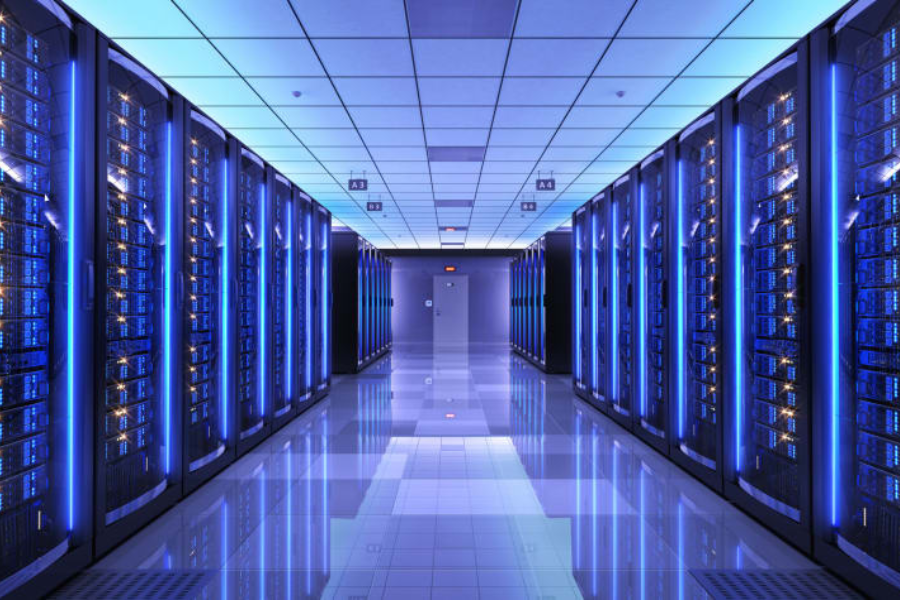Fiber in the US – key trends and challenges
30 Nov, 20234 minsThe US and European markets have been among the earliest adopters of advanced telecom techno...

The US and European markets have been among the earliest adopters of advanced telecom technologies and continue to remain as such. Factors such as the presence of developed ecosystems and increasing consumer demand, among others, have encouraged industry stakeholders to increase their investments in fiber optic and telecom infrastructure.
So much so, that the US and Europe fiber optic cable market is expected to grow from $3,104.89 million in 2022 to $5,475.11 million by 2028.
But despite fiber optic cable offering a host of benefits, such as higher bandwidth, low latency, and a higher degree of reliability, flexibility and security than its copper cable alternative, it hasn’t all been plain sailing. There have been factors that have worked as headwinds against its growth, as well as accelerators.
Challenges to the growth of the US fiber market
For one, fiber cabling can be an expensive choice as the installation for these devices may rise to thousands of dollars. The market has also been suffering under the ongoing fallout from the COVID-19 pandemic, where the global fiber supply chain and cable production was severely disrupted. As with most production-reliant industries, factories and manufacturing units for fiber optic cables were forced to close and import-export activities suspended.
However, there were silver linings – the rise of remote working during the pandemic, for example, drove demand for high-speed network connectivity sky high, bringing along with it an increased interest in digital transformation among businesses and faster country-wide 5G deployment.
The increasing popularity of fiber
Since then, demand for fiber has continued to climb, driven by the explosion of bandwidth and/or data intensive applications such as cloud computing, generative AI and the Internet of Things (IoT), which all rely on fast, secure, reliable data transmission. As well as data-heavy leisure activities like video streaming and online gaming, driving up consumer demand.
Heavy hitters in the market are also propelling fiber forwards. Cloud ‘hyperscalers’ like Microsoft, Amazon, Google, and Facebook currently dominate the space and require enormous amounts of bandwidth to power their operations. This is likely to continue, with the global hyper-scale cloud market expected to grow from $191.15 billion to $693.49 billion by 2026.
But it also seems that US consumers are actively favoring fiber broadband. A new report: The Status of U.S. Broadband, revealed that 63 per cent of all US consumers consider fiber broadband as the best internet service delivery method in terms of speed and reliability, scoring 2.5 times higher than the second candidate (cable). High-quality broadband was also rated as the second most important amenity in a home, only behind a laundry room.
The Fiber Broadband Association estimates that nearly as much fiber will be deployed during the next five years as has been deployed throughout history. As 17 per cent of consumers changed internet service providers in the past two years, fiber delivery had a net gain of 15 market share points, while cable delivery lost 14 share points. And all despite cable service being almost twice as available as fiber in the US.
Closing the digital gap
Demand has also been influenced by the fact that there is still a persistent digital divide within the US. Fiber infrastructure is still lacking in many regions and development is therefore racing to catch up. It’s estimated that more than 30 million Americans are living without adequate broadband and, as a result, there has been a clear and concerted effort to bring broadband connectivity to previously underserved or unserved populations.
These endeavors have taken the form of a plethora of government initiatives and policies. In July 2022, for instance, the US Department of Agriculture (USDA) announced an investment of $401 million to provide access to high-speed internet for 31,000 rural residents and businesses in 11 states, as part of its commitment to investing in rural infrastructure and affordable high-speed internet for all.
The recently passed Infrastructure Investment and Jobs Act also affirmed the government’s commitment to broadband expansion with specific investments in middle-mile infrastructure. Not to mention the Broadband, Access, and Deployment (BEAD) program, which is providing a staggering $42.45 billion to expand high-speed internet access by funding planning, infrastructure deployment and adoption programs in all 50 states.
And with the Rural Digital Opportunity Fund (RDOF), planning to pump $20.4 billion worth of funding into development over the next ten years, American citizens, businesses, and households will be hoping to see this gap close.
Demand outstripping supply
Whilst this increase in requirements is hugely positive for fiber market growth, the breakneck pace of development risks outpacing supply. The demand for new cabling was an astounding 91.3 million f-km (fiber kilometers) in 2022, projected to reach 127 million fk-m by 2025. And, according to IBIS World, the market size of the US fiber optic cable manufacturing industry increased faster than the technology sector overall last year.
With only a few US-based fiber manufacturers, and taking the 2022 demand as a benchmark, these manufacturers could only fulfil approximately 53 per cent of the required optical fiber for cabling shipments. Clearly, industry-wide steps need to be taken to boost production, whether that be additional players in the market, or more talent able to innovate and drive greater progress.
Ultimately, high-speed broadband is no longer a luxury, instead it has become a necessity for participating in today’s society and, if the US can connect every community to fiber, it would represent a big stride towards achieving the end goal of digital equality.
If you would like to play a part in achieving digital quality or are looking for your next challenge, get in touch with the fiber team today.




